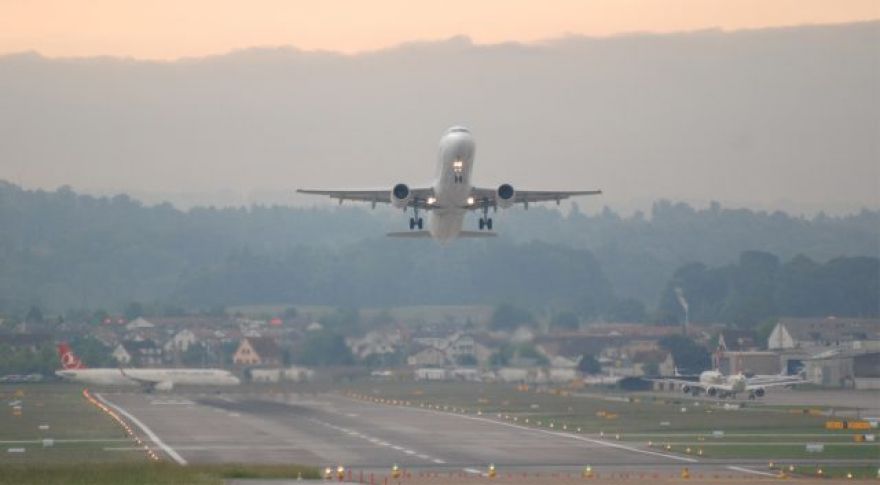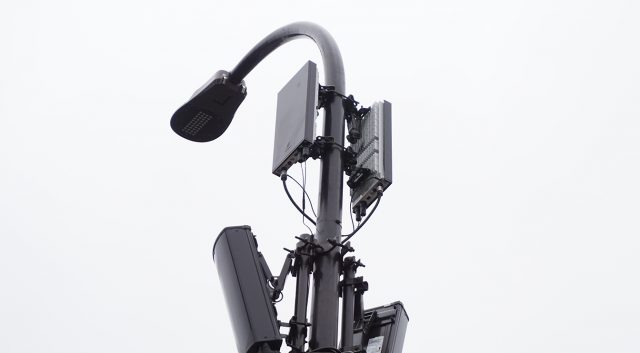
FAA Decrees 50 Airports Will Have 5G Buffers
Regulators and the airlines are zeroing in on a compromise that will allow AT&T and Verizon to light up their mid-band 5G networks. These vital wireless bands were supposed to be online late last year, but the FAA expressed concern that the “C-band” frequencies could interfere with aviation. The carriers have , but we now expect the new network to be live later in January. However, it won’t be active around as potentially vulnerable to 5G interference.
This disagreement stretches back almost two years. The FCC warned the aviation industry that it was going to auction C-band frequencies for cellular network usage.
So, AT&T and Verizon weren’t able to open up the new C-band frequencies in December, and the FAA secured another delay earlier this month. The wait is only supposed to be two weeks, which gave the FAA time to determine which airports needed special protection from the C-band. Now, we have including New York’s JFK, Miami International, and Chicago Midway.

A 5G millimeter wave cell site on a light pole in Minneapolis.
AT&T and Verizon have agreed to turn off transmitters and make other adjustments around these airports. These 5G buffers will be active for six months, at which time the carriers and regulators will be able to reassess. The FAA says it chose these airports for various reasons, including the number of low-visibility days per year and the equipment used at each airport. In some cases, airports are outside the carriers’ proposed C-band markets, and others don’t have the equipment to allow low-visibility landings.
Verizon says it will activate the C-band network on January 19th with coverage for more than 100 million people. AT&T hasn’t announced a new date yet, but it will probably be around that same time. The carriers are anxious to get started as they’ve been severely lacking in 5G spectrum — C-band has a mix of range and speed that makes it ideal for 5G. Meanwhile, T-Mobile has absorbed Sprint and is now sitting atop a pile of mid-band spectrum like a 5G dragon.
Now read: